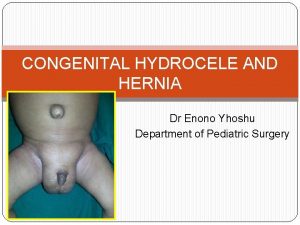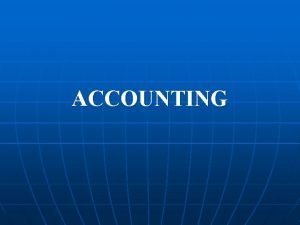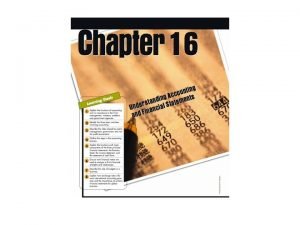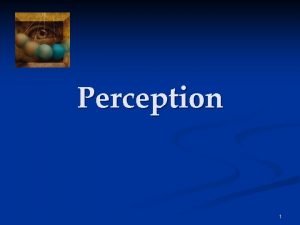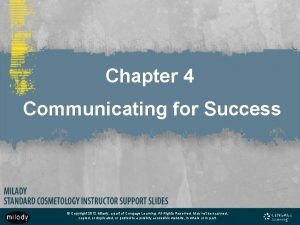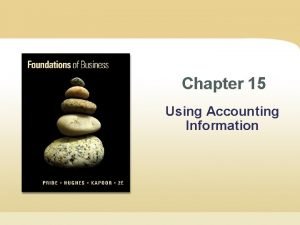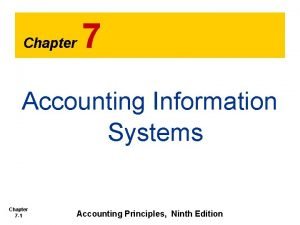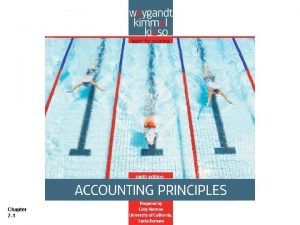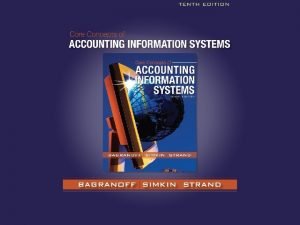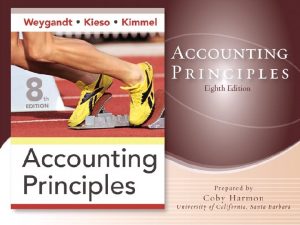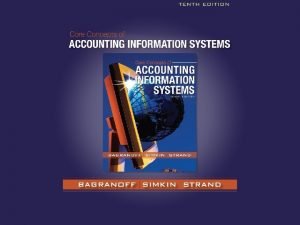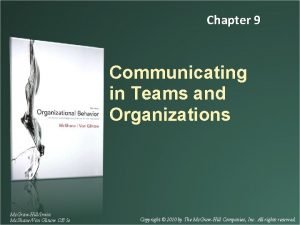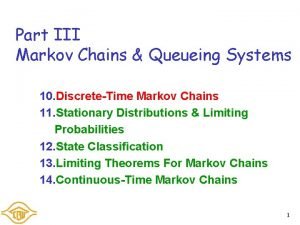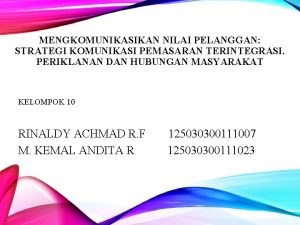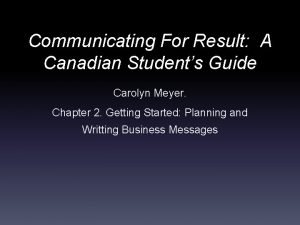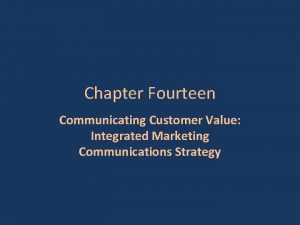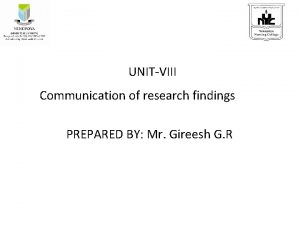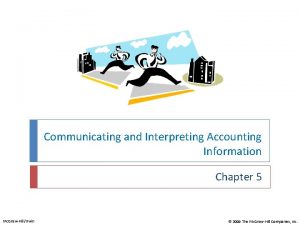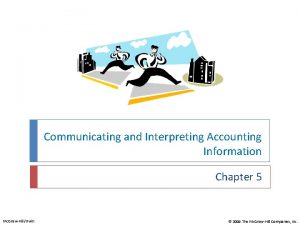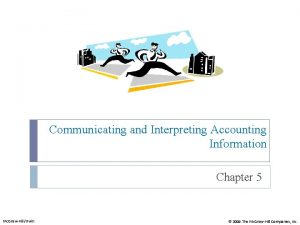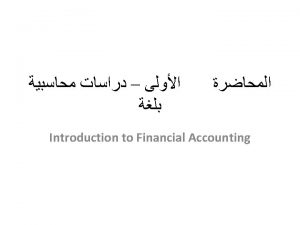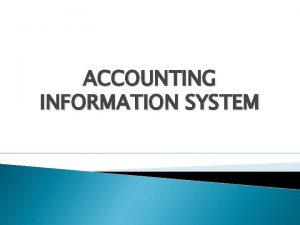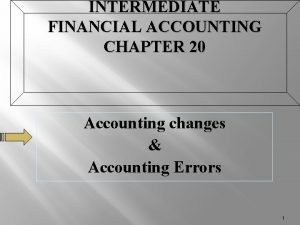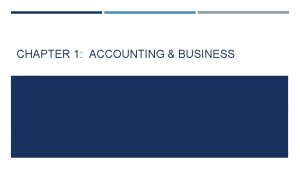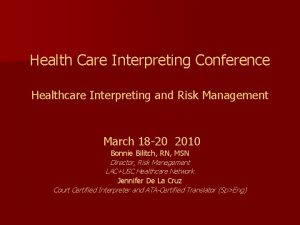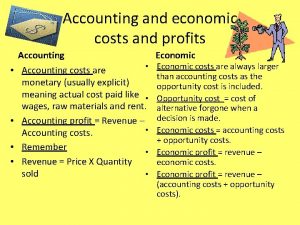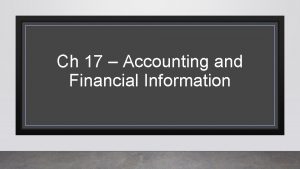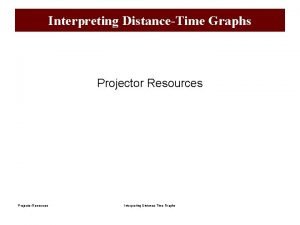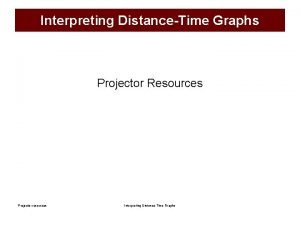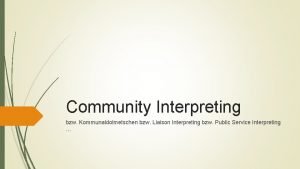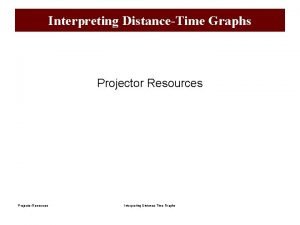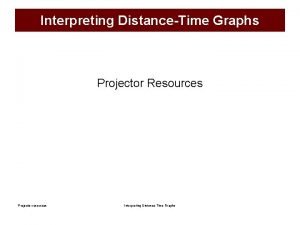CHAPTER 5 COMMUNICATING AND INTERPRETING ACCOUNTING INFORMATION Power




































- Slides: 36

CHAPTER 5 COMMUNICATING AND INTERPRETING ACCOUNTING INFORMATION Power. Point Authors: Susan Coomer Galbreath, Ph. D. , CPA Charles W Caldwell, D. B. A. , CMA Jon A. Booker, Ph. D. , CPA, CIA Cynthia J. Rooney, Ph. D. , CPA Mc. Graw-Hill/Irwin Copyright © 2014 by The Mc. Graw-Hill Companies, Inc. All rights reserved.

UNDERSTANDING THE BUSINESS Corporate Governance: Procedures to ensure that the company is managed in the interest of the shareholders Sarbanes-Oxley Act: A law which strengthens financial reporting and corporate governance for public companies. 5 -2

PLAYERS IN THE ACCOUNTING COMMUNICATION PROCESS 5 -3

REGULATORS Securities and Exchange Commission Protects investors and maintain the integrity of the securities market. Financial Accounting Standards Board Sets Generally Accepted Accounting Standards (GAAP). Public Company Accounting Oversight Board Sets auditing standards for independent auditors (CPAs) of public companies. 5 -4

MANAGERS Managers are responsible for the information in the financial statements and disclosures. Chief Executive Officer (CEO): highest officer of the company Chief Financial Officer (CFO): highest officer associated with the financial and accounting side of the business Accounting staff prepare the details of the reports and also bear professional responsibility for the accuracy of the information. 5 -5

BOARD OF DIRECTORS (AUDIT COMMITTEE) Board of Directors The board of directors is elected by the stockholders to represent their interests. Board of Directors (Audit Committee) The audit committee of the board of directors is responsible for maintaining the integrity of the company’s financial reports. 5 -6

AUDITORS Independent Auditors Follow established auditing standards to assess the fairness of the financial statements and related presentations An unqualified, or clean, opinion states that the financial statements are fair presentations in all material respects in conformity with GAAP. Unqualified Opinion 5 -7

INFORMATION INTERMEDIARIES: INFORMATION SERVICES AND FINANCIAL ANALYSTS Information Intermediaries 1. Most investors rely on company websites, information services, and financial analysts to gather and analyze information 2. Companies actually file their SEC forms electronically through the EDGAR (Electronic Data Gathering and Retrieval) Service, which is sponsored by the SEC. 3. Financial analysts receive accounting reports and other information about the company from electronic information services. They also gather information through conversations with company executives and visits to company facilities and competitors. The results of their analyses are combined into analysts’ reports. 5 -8

INFORMATION SERVICES: REAL WORLD EXCERPT 5 -9

USERS: INSTITUTIONAL AND PRIVATE INVESTORS, CREDITORS, AND OTHER Institutional Investors Includes pension, mutual, endowment and other funds that invest on the behalf of others Private Investors Individuals who purchase shares in companies Lenders or Creditors Suppliers, banks, commercial credit companies, and other financial institutions that lend money to companies 5 -10

THE DISCLOSURE PROCESS: SEC REGULATION FD SEC regulation FD, for “Fair Disclosure, ” requires that companies provide all investors equal access to all important company news. Managers and other insiders are also prohibited from insider trading, trading their company’s shares based on nonpublic (insider) information so that no party benefits from early access. 5 -11

THE DISCLOSURE PROCESS: PRESS RELEASES A press release is a written public news announcement normally distributed to major news services. 5 -12

THE DISCLOSURE PROCESS: ANNUAL REPORTS AND FORM 10 -K Annual reports normally include: 1. 2. 3. Four basic financial statements. Related notes (footnotes). Report of Independent Accountants (Auditor’s Opinion) if the statements are audited. The Form 10 -K is the annual report that publicly traded companies must file with the SEC. 5 -13

A CLOSER LOOK AT FINANCIAL STATEMENT FORMATS AND NOTES Three additional characteristics of financial statements and the related disclosures that make them more useful: 1. Comparative financial statements. To allow users to compare performance from period to period, companies report financial statement values for the current period and one or more prior periods. 2. Additional subtotals and classifications in financial statements. You should not be confused when you notice slightly different statement formats used by different companies. 3. Additional disclosures. Most companies present voluminous notes that are necessary to understand a company’s performance and financial condition. 5 -14

CLASSIFIED BALANCE SHEET 5 -15

CLASSIFIED INCOME STATEMENT 5 -16

NONRECURRING ITEMS Income statements report nonrecurring items separately because they are not useful in predicting the future income of a corporation. Nonrecurring Items 1. Discontinued operations 2. Extraordinary items 5 -17

EARNINGS PER SHARE *If there are preferred dividends, the amount is subtracted from Net Income in the numerator. 5 -18

GROSS PROFIT PERCENTAGE 5 -19

STATEMENT OF COMPREHENSIVE INCOME 5 -20

STATEMENT OF STOCKHOLDERS’ EQUITY 5 -21

STATEMENT OF CASH FLOWS The Statement of Cash Flows is divided into three sections. 1. Cash Flows from Operating Activities. 2. Cash Flows from Investing Activities. 3. Cash Flows from Financing Activities. We will examine the indirect method of preparing the statement. This format begins with a reconciliation of net income on an accrual basis to cash flows from operations. 5 -22

STATEMENT OF CASH FLOWS 5 -23

NOTES TO FINANCIAL STATEMENTS Descriptions of the key accounting rules applied to the company’s statements. Additional detail supporting reported numbers. Relevant financial information not disclosed on the statements. 5 -24

ACCOUNTING RULES APPLIED IN THE COMPANY’S STATEMENTS The first category of notes, typically one of the first notes to the financial statements, is a statement of significant accounting policies. 5 -25

ADDITIONAL DETAIL SUPPORTING REPORTED NUMBERS The second category of notes provides supplemental information concerning the data shown on the financial statements. 5 -26

RELEVANT FINANCIAL INFORMATION NOT DISCLOSED ON THE STATEMENTS The final category includes information that impacts the company financially but is not shown on the statements. 5 -27

VOLUNTARY DISCLOSURES GAAP and SEC regulations set. the minimum level of required disclosures. Many companies provide additional information. 5 -28

DIFFERENCES IN ACCOUNTING METHODS ACCEPTABLE UNDER IFRS AND U. S. GAAP Many countries have adopted international financial reporting standards (IFRS) issued by the International Accounting Standards Board (IASB). IFRS are similar to U. S. GAAP, but there are several important differences. The FASB and IASB are working together to eliminate these and other differences. 5 -29

RETURN ON ASSETS (ROA) ANALYSIS *(In complex calculations, interest expense (net of tax) and minority interest are added back to net income. †(Beginning Total Assets + Ending Total Assets) ÷ 2 5 -30

ROA PROFIT DRIVER ANALYSIS AND BUSINESS STRATEGY 5 -31

HOW TRANSACTIONS AFFECT RATIOS Three-step Process 1. Journalize the transaction to determine its effects on various accounts. 2. Determine which accounts belong to the financial statement subtotals or totals in the numerator (top) and denominator (bottom) of the ratio and the direction of their effects. 3. Evaluate the combined effects from step 2 on the ratio. 5 -32

HOW TRANSACTIONS AFFECT RATIOS Example 1: Apple incurred an additional $1, 000 in research and development expense paid for in cash. What would be the effect on the net profit margin ratio? The journal entry would be: Note that the transaction would decrease the numerator Net Income, and have no effect on the denominator Net Sales. The ratio was. 239. It would decrease to. 230 as follows. 5 -33

HOW TRANSACTIONS AFFECT RATIOS Example 2: Consider the same transaction in Example 1. What would be the effect on the return on assets ratio? Note that the transaction would decrease the numerator Net Income by $1, 000. It would also decrease the ending total assets by $1, 000, but have no effect on beginning total assets. So the denominator, average total assets, would only decrease by $500. The ratio was. 271. It would decrease as follows: 5 -34

HOW TRANSACTIONS AFFECT RATIOS Example 3: Apple paid $2, 000 of accounts payable in cash. What would be the effect on the current ratio? The journal entry would be: Note that the transaction would decrease the numerator, Current Assets, and the denominator, Current Liabilities, by the same amount. The ratio was 1. 61. It would increase to 1. 66. 5 -35

END OF CHAPTER 5 5 -36
 Silk glove sign
Silk glove sign Going concern principle example in real life
Going concern principle example in real life Interpreting in accounting
Interpreting in accounting Selecting organizing and interpreting information
Selecting organizing and interpreting information Financial accounting and accounting standards chapter 1
Financial accounting and accounting standards chapter 1 Real power and reactive power
Real power and reactive power How should you handle tardy clients
How should you handle tardy clients Chapter 6 lesson 3 communicating effectively answer key
Chapter 6 lesson 3 communicating effectively answer key Chapter 15 using management and accounting information
Chapter 15 using management and accounting information Chapter 6:2 interpreting word parts
Chapter 6:2 interpreting word parts Chapter 6:2 interpreting word parts
Chapter 6:2 interpreting word parts Chapter 7 accounting information systems
Chapter 7 accounting information systems Chapter 7 accounting information systems
Chapter 7 accounting information systems Chapter 3 the accounting information system
Chapter 3 the accounting information system Introduction to accounting information system
Introduction to accounting information system Chapter 7 accounting information systems
Chapter 7 accounting information systems Accounting information system chapter 1
Accounting information system chapter 1 Accounting information system chapter 1
Accounting information system chapter 1 Accounting information system chapter 1
Accounting information system chapter 1 Persuasive communication
Persuasive communication Dance is a way of knowing and communicating
Dance is a way of knowing and communicating Dance is a way of knowing and communicating
Dance is a way of knowing and communicating Creating and interpreting graphs and tables
Creating and interpreting graphs and tables Information opportunities and challenges
Information opportunities and challenges Artifactual communication
Artifactual communication Find the stationary distribution
Find the stationary distribution Communicating hydrocephalus
Communicating hydrocephalus Model makro proses komunikasi
Model makro proses komunikasi Differentials of hydrocephalus
Differentials of hydrocephalus Communicating in the digital age workplace
Communicating in the digital age workplace Communicating for results
Communicating for results Healthy relationships communicating effectively
Healthy relationships communicating effectively Communicating across cultures ppt
Communicating across cultures ppt Communicating customer value
Communicating customer value Communicating research findings in nursing
Communicating research findings in nursing Processing skills in science
Processing skills in science Science process skills communicating
Science process skills communicating
